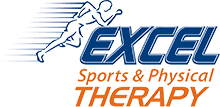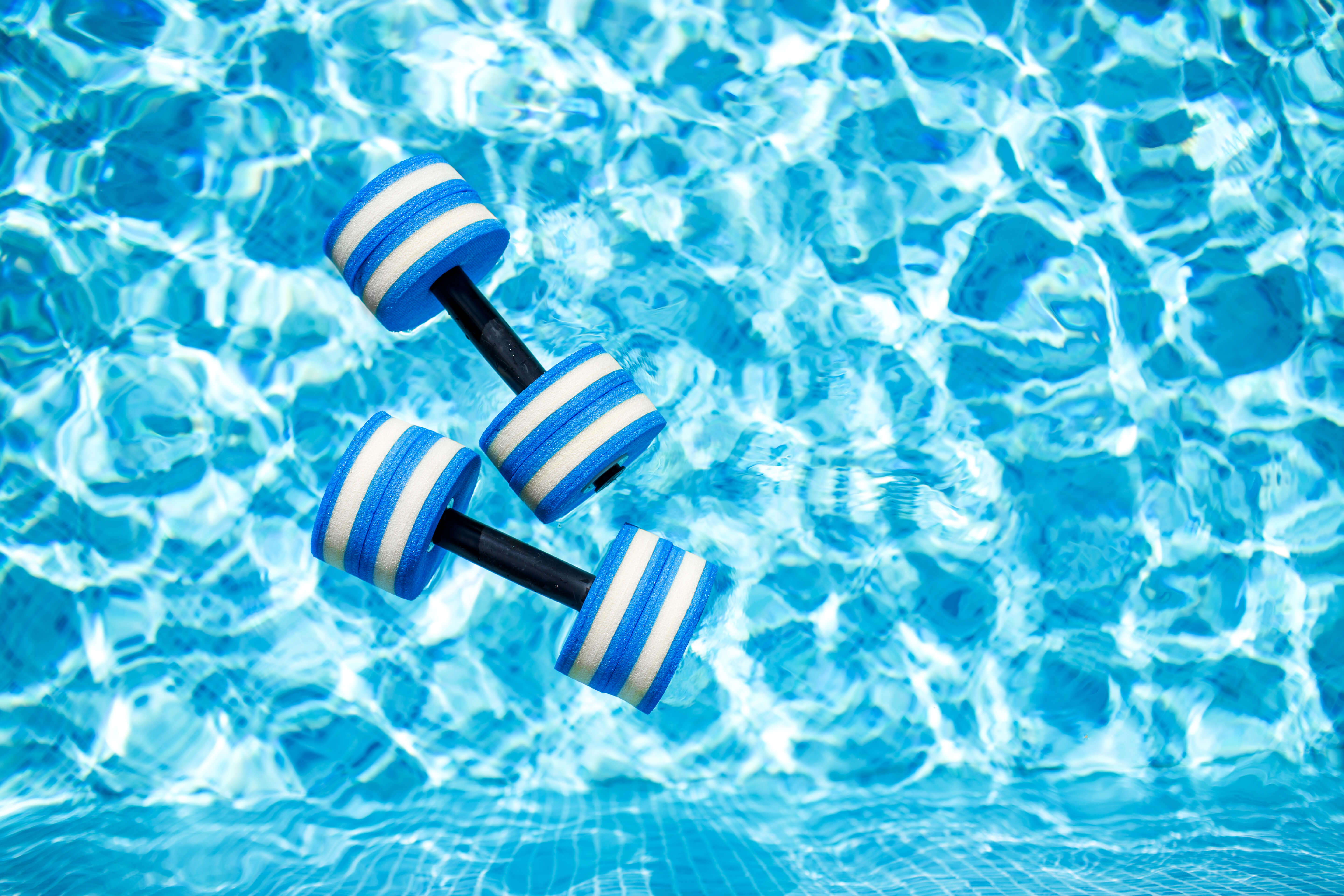You may have heard about the benefits of aquatic therapy and how it can speed up your injury recovery. But, you may want to know how this form of therapy provides therapeutic benefits.
Our expert therapists at Excel Sports and Physical Therapy can help you find out everything you want to know about our many evidence-based therapies. In fact, we have therapists who can help you understand how and why a specific form of therapy may work so well for you.
Specifically, we can help you understand the three therapeutic properties that produce the benefits of aquatic therapy.
Three therapeutic properties of aquatic therapy
The first thing our team wants you to know about aquatic therapy is that you may hear us call it by several other names. In fact, this type of therapy is also known as hydrotherapy and aquatic rehabilitation. However, the most important thing you should know about it is the three properties that make it so therapeutic.
The first therapeutic property of aquatic rehabilitation is its natural resistance. If you’ve ever noticed how difficult it is to move your hand underwater, then you’ve experienced this natural resistance. What makes it therapeutic is how our therapists use it. Our therapists harness resistance in ways that can help your recovery process. For instance, we can use this resistance to make muscle strengthening exercises more effective for you.
A second therapeutic property offered by hydrotherapy is buoyancy. You’ve probably experienced this property, as well. In fact, buoyancy is what allows you to float in water. What makes it helpful for our physical therapists is that it also helps reduce the effects of gravity on your body. One of the biggest issues with land-based therapy is gravity. Gravity can make it harder and more painful for you to perform therapeutic exercises. However, the buoyancy offered by hydrotherapy reduces the pull of gravity, making it easier and less painful to perform your exercises. In fact, the buoyancy of hydrotherapy may help to reduce the pain you experience during your therapy, as well as any soreness you may feel after your therapy.
Aquatic therapy’s third therapeutic property is hydrostatic pressure. Hydrostatic pressure is the slight inward push you feel on your body any time you get into the water. This form of pressure is useful to our therapists because it helps to provide you with support. The increased support offered by hydrostatic pressure can help you do your exercises more effectively, and it also helps to reduce any fear you have of falling during your therapy. This provides you with a level of confidence that may create a desire to perform your treatment more often. This desire may, in turn, help to reduce your recovery time.
Schedule your appointment today
All three of these properties of aquatic therapy make it a great option to include in your injury recovery process. To put them to work for you, though, you need to get started with your physical therapy as soon as possible after you’re injured.
Our Excel Sports and Physical Therapy team makes it easy for you to get started with your recovery. You just have to contact any of our offices in the greater St. Louis, Missouri area to schedule your first appointment.






